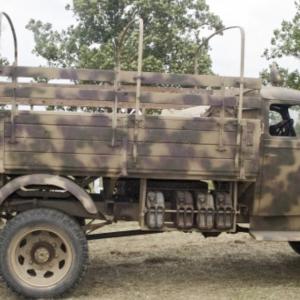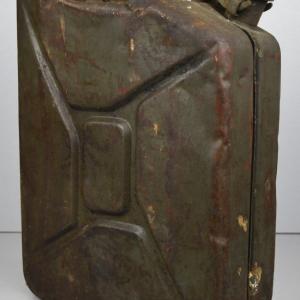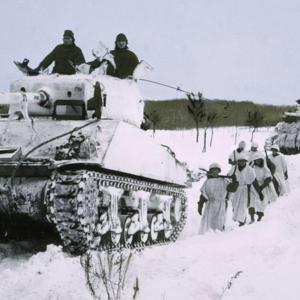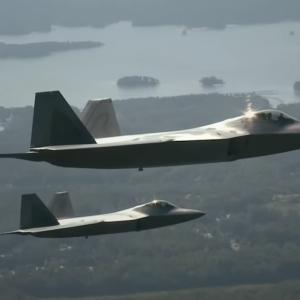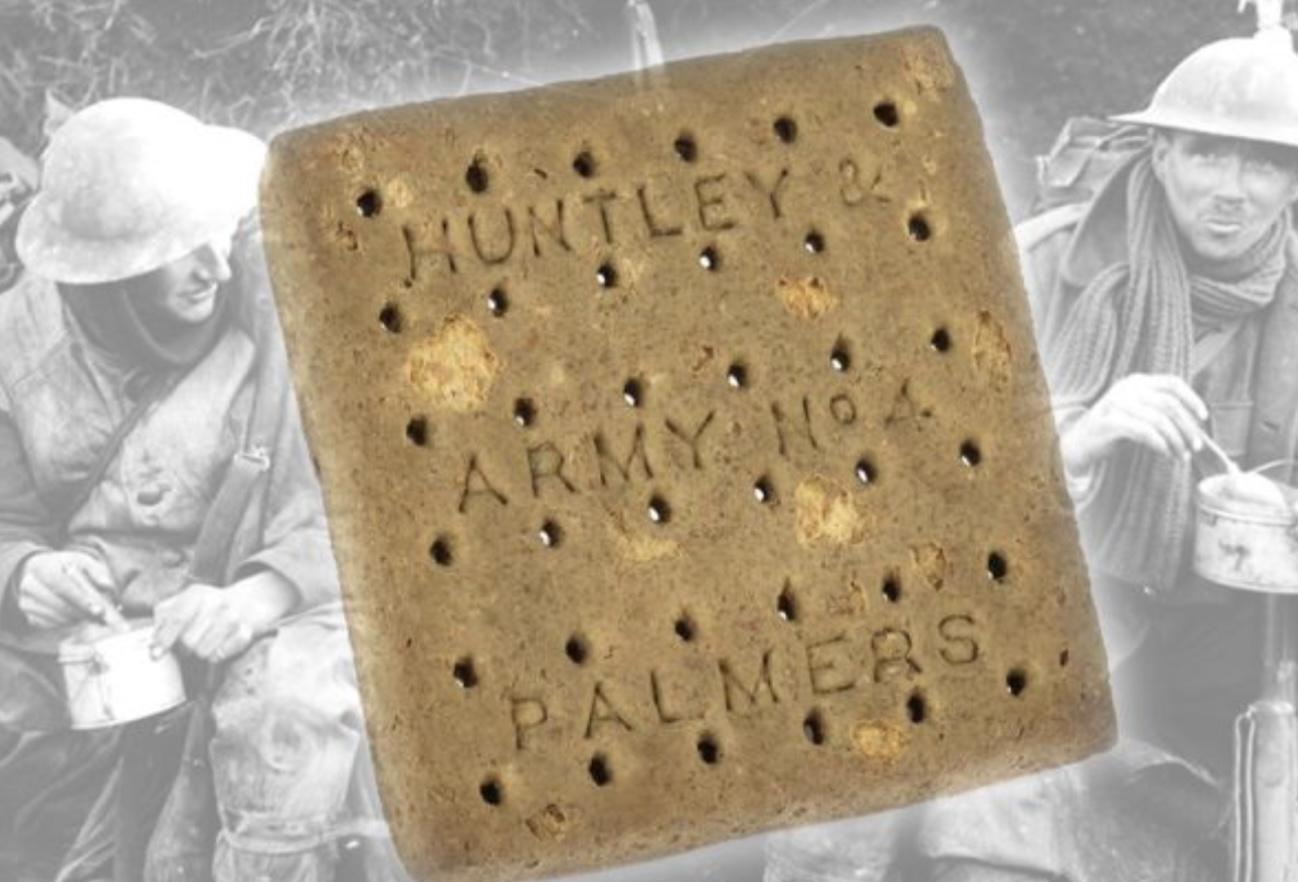
Hardtack Biscuits
Hardtack biscuits have a long and storied history in military campaigns, dating back to the days of the Roman legions. These tough, dry biscuits were developed as a practical solution to a fundamental problem: how to feed armies on the move when fresh bread was difficult or impossible to supply. The earliest form of hardtack, known to the Romans as buccellatum, was made from flour and water, rolled thin and baked until it was dry and hard enough to resist spoilage. While unappealing to the palate, these biscuits could last for months or even years if kept dry, making them a valuable staple for soldiers in the field.
Over the centuries, hardtack was a recurring feature in military rations across Europe and beyond. During the age of sail, navies like those of Britain and Spain carried hardtack aboard ships for long voyages. It earned nicknames such as "ship's biscuit" or "sea biscuit," and its durability helped prevent starvation when fresh supplies were unavailable. However, it was also during this time that hardtack developed a notorious reputation for being infested. Insects such as weevils, worms, and larvae often made their way into the flour during the biscuit’s production stage. Soldiers and sailors would open rations only to find movement inside, sometimes having to knock the biscuits on tables or leave them in the sun to coax out the bugs before eating. One common joke was that the biscuit was "alive," and some even claimed you were getting extra protein for your troubles.
In the American Civil War, hardtack was standard fare for Union soldiers. Made in massive quantities by northern factories, it was distributed across camps and battlefields. Soldiers often described it as being rock-hard, leading to inventive methods to make it edible. Some soaked it in coffee or fried it with bacon grease, while others broke it up into stews. Letters from soldiers frequently complained about the poor condition of their rations. One soldier humorously noted that he wasn’t sure if the hardtack he received had been baked during the Mexican-American War or the War of 1812. Tales of biting into biscuits only to find them riddled with maggots or worms were common, and these experiences became part of military lore.
World War I and World War II continued the tradition of hard biscuit rations, though production methods had improved slightly by then. Hardtack or similar substitutes like "army biscuit" or "iron rations" remained part of field supplies. In the trenches of World War I, British and Australian troops encountered their own form of hardtack, often needing to soften them with tea or stew to make them edible. The World War II K-rations included biscuits, but even then, complaints persisted about their taste and the occasional presence of insect contamination if storage conditions were poor.
Despite its flaws, hardtack served an essential role in military logistics. Its long shelf life, resistance to mold, and ease of transport meant armies could be sustained far from supply lines. In emergencies, it provided crucial calories that kept soldiers alive.

